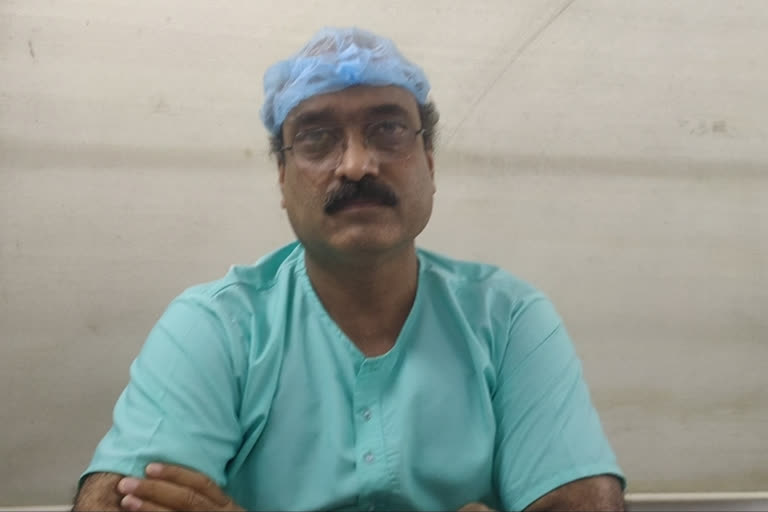New Delhi: Before June 12, Delhi's coronavirus death count was 1,089. The fatality assessment of experts for July was quite alarming, but fortunately, things didn’t worsen in July. Rather there were signs of improvement, thanks to government policies and concerted efforts of doctors.
During June-July, there was a fall of 44 per cent in COVID-19 fatality. The count came down to 605.
The death rate within 24 hours of the admission of COVID-19 patients also came down to 15 per cent from 34 per cent.
Similarly, the death rate within four days of admission almost halved. It reduced from 67 to 35 per cent.
High Mortality Rate At RML
As per the official records of Delhi government, maximum deaths caused by coronavirus were reported from the Central government-run Dr Ram Manohar Lohia Hospital. 80 per cent of patients died who were admitted to this hospital between June 1 and June 12.
The city’s Safdarjung Hospital, also a Central government-run facility, was next to Dr Ram Manohar Lohia Hospital by recording the death rate of 40 per cent.
During this period, the death rate in LNJP Hospital and Rajiv Gandhi Super Specialty Hospital was 28 per cent and six per cent respectively.
Next month, however, there was a significant decline in the death rate. The fatality rate in Dr RML Hospital came down to 58 per cent, 31 per cent in Safdarjung Hospital, 16 per cent in LNJP and 6 per cent in Rajiv Gandhi Super Specialty Hospital.
How Did Corona Deaths Come Down
According to Dr Ajit Jain, nodal officer of Rajiv Gandhi Super Specialty Hospital, there are many factors behind the decrease in the coronavirus fatality rate.
"Death review meetings were held continuously and accordingly policies were changed. Through the corona app, people were informed about the intensive care unit (ICU) beds. Testing capacity was increased. The frequency of ambulances was also enhanced. Even costlier medicines were made available free of cost. The availability of plasma was made easier by setting up plasma banks," he said.
Dr Jain further informed that even the hospitals rose to the occasion and reduced the time taken in admitting coronavirus patients.
"The treatment protocol was put in place. They adopted an early warning system to identify the patients whose condition could be serious due to COVID-19. They were shifted to ICU. All these important steps proved quite helpful in checking the coronavirus fatality rate," he added.
Also Read: COVID-19: Will not open schools in Delhi unless fully convinced, says Kejriwal



